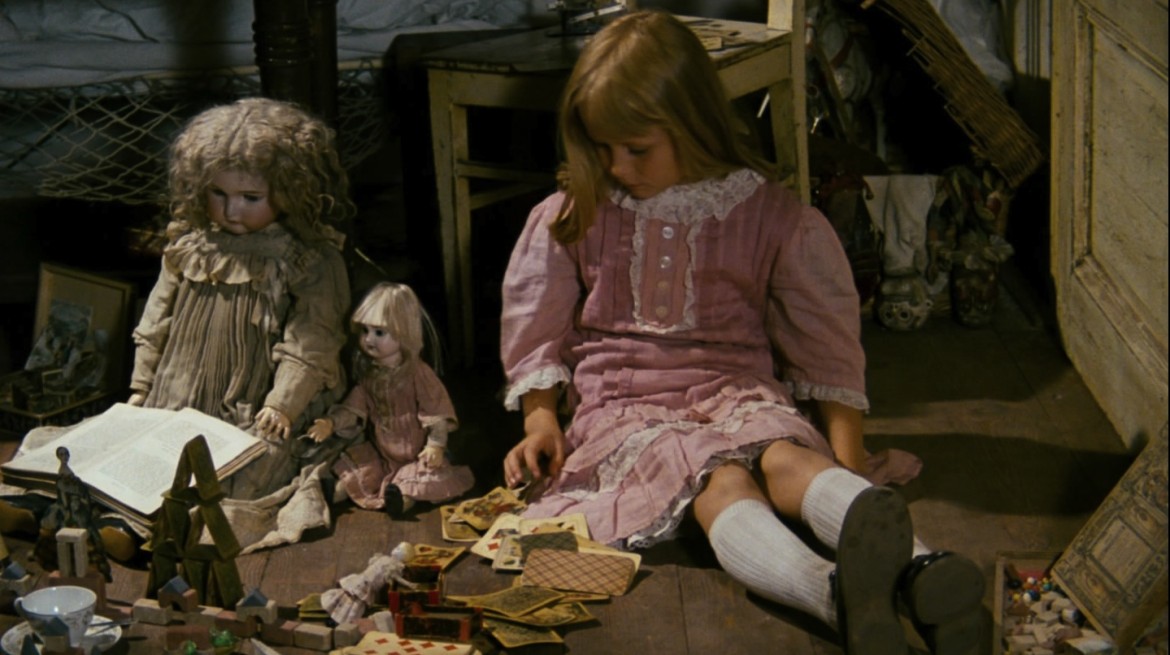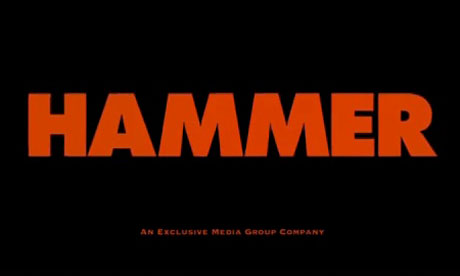The movement that influenced ‘Alice’ and defining the genre.
The Czech New Wave movement took place between the years of 1963 to 1968 and was led by students of the Film and Television School of the Academy of Performing Arts in Prague. The arrival of this new wave saw a sort of golden age in Czech cinema and was one of the most radical and remarkable bursts of creativity in film history with its alternative approach. Many defining films were birthed during this time, for example, The Sun in a Net (1962, Štefan Uher), Something Different (1963, Věra Chytilová) and Black Peter (1963, Miloš Forman).
A couple decades later, with influence of the New Wave’s enigma, Jan Švankmajer returned to filmmaking but under the assumption that they were an adaptation of literary. His avant-garde adaptation of Lewis Carroll’s Alice’s adventures in Wonderland in 1988, ‘Alice’ (original title of ‘Neco z Alenky’ that translates to ‘Something from Alice’), was very different compared to the Disney version, Alice in Wonderland (1951) that was completely animation and aimed at children with its innocent fantasy qualities. Švankmajer’s style achieved the strangeness, not through otherworldly images, but by placing the familiar in unfamiliar ways. The film still incorporated all the characters and literary ideologies but in a way that reflected the parallels of the real world in Czechoslovakia.
In terms of defining the genre, by looking as what its classed as it comes under a variety of genres due to it having live-action, puppetry and animation and a different approach to the storyline.
By literally going off what the book is classed as, the assumption would be fantasy. Although the film takes it into consideration, and we see elements of magic, myth and wonder, there is still a huge twist on the idea of fantasy that is taken to another level. The dream-like aspects of childhood reminisce takes more of a nightmarish turn and a more honest portrait is painted of them. Instead of the excitement of what might happen next, the viewer feels more fearful. For example, towards the end of the film when Alice is in court the debate is to behead her. In a normal fantasy film, the expectation is that they rule to not but in the way this film is presented, the viewer simply doesn’t know, and they become afraid.
 The idea of the genre of Alice being defined as fantasy seems imprecise and taking the features beforehand into account, it then comes to question of is the film a horror/thriller? The nightmarish take on it and the impending bad feeling would technically class it as a horror and that seems most appropriate in defining it.
The idea of the genre of Alice being defined as fantasy seems imprecise and taking the features beforehand into account, it then comes to question of is the film a horror/thriller? The nightmarish take on it and the impending bad feeling would technically class it as a horror and that seems most appropriate in defining it. The science fiction side of the fantasy the film falls under would definitely define it in terms of the alternative timeline, and in the sense of animation, that is definitely used within the film.
Overall, the film cannot be defined as just one singular genre, with all factors taken into consideration and the conventions it includes, it is defined as every one of its given genres.




